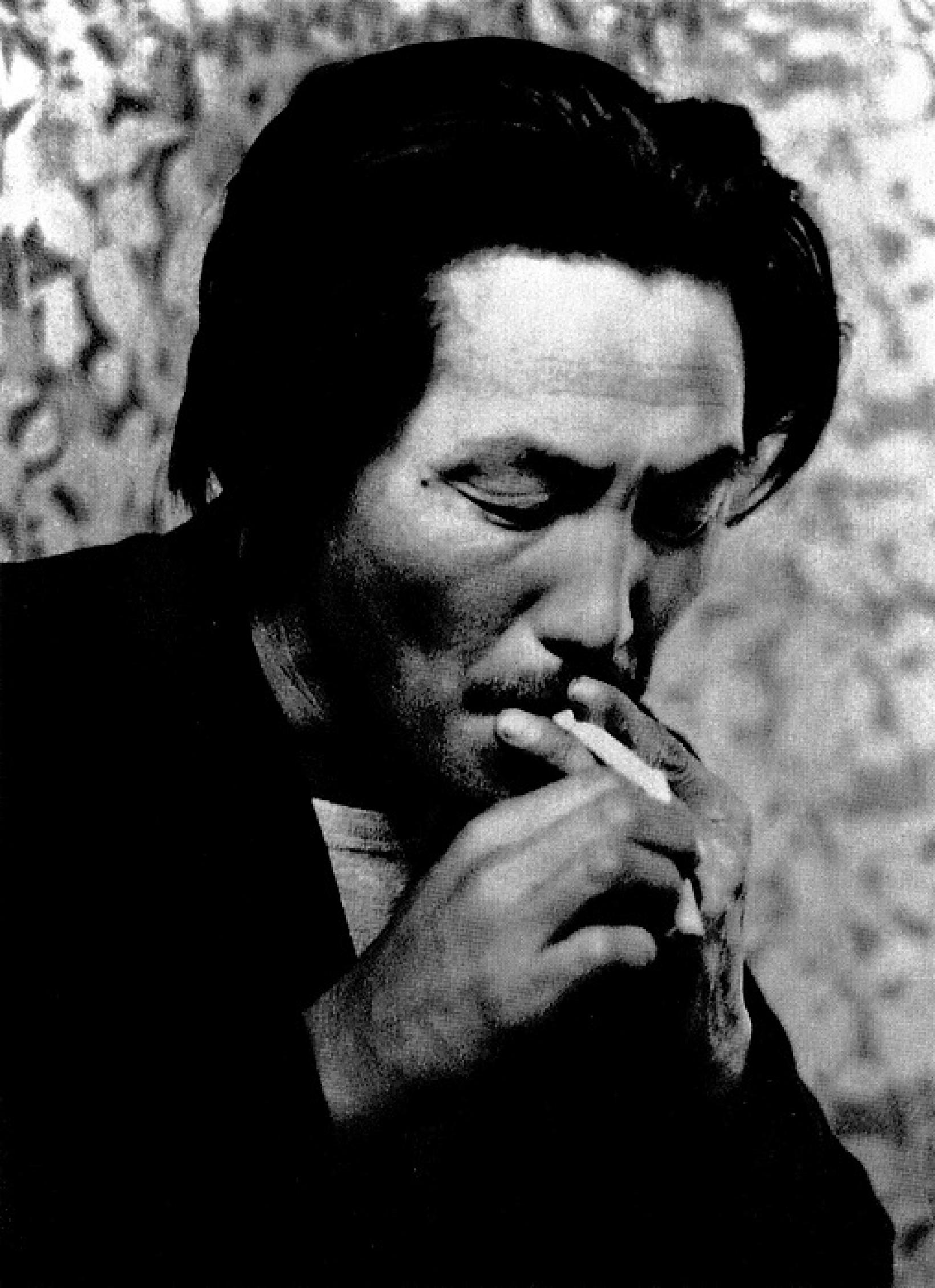Lee Jung Seob (1916-1956) received art training in Japan where he learned the styles of European modernism. Upon his return to Korea, together with artists such as Moon Hak-Soo and Lee Quedae, he organized the Joseon New Artists Association with the aim of creating a Korean national aesthetic.
With the eruption of the Korean War, Lee was enlisted as a military artist. A miserable refugee life forced him to send his family to Japan in 1952, and the subsequent solitude and self-deprivation induced bouts of schizophrenia. His art, in the early period, dealt mainly with nativist themes based on a nationalist consciousness but gradually developed into a unique expressionistic style that used Fauvist techniques to interpret personal themes like love of and separation from family. Major subject matters included cows, chicken, family, and children as part of banal scenes in daily life inspired by traditional and folk content. His fairy tale like yet autobiographical works were iterated through diverse techniques and media based on paper and tinfoil. As details of his dramatic life came to be known to the public posthumously, Lee finally received his much deserved fame, and today, with his contemporary artist Park Soo-Keun, is considered to be one of the greatest modern Korean artists.
대향(大饗) 이중섭(b. 1916-1956)은 평안북도 정주의 오산학교에서 서양화가인 임용련에게서 미술지도를 받고,1936년 일본으로 건너가 분카(文化) 학원 미술학부 양화과에 입학하여 서구 모더니즘 미술을 토대로 한 미술수업을 받았다. 1941년 무학수, 이쾌대 등과 함께 조선신미술가 협회를 결성하여 민족적인 미의식 실현을 도모했다. 태평양전쟁 중 귀국하여 원산에 머물던 그는 6.25전쟁이 일어나자 남하하였다. 처참한 피란생활을 하던 그는 1952년 전쟁을 피해 아내와 아들들을 일본으로 보낸 후 고독과 자학으로 인해 정신분열증을 일으키기도 했다. 그의 화풍은 초기에는 민족의식을 바탕으로 한 향토적인 주제를 다루었으나, 차츰 가족과의 사랑과 이별등 자신의 신변에 관련된 주제를 야수주의적인 기법으로 소화하여 독특한 화풍을 이룩했다. 이중섭은 사후 그의 드라마 같은 생애가 세간에 알려지면서 명성을 얻었으며 박수근과 함께 근대 최고의 작가로 평가받고 있다.
